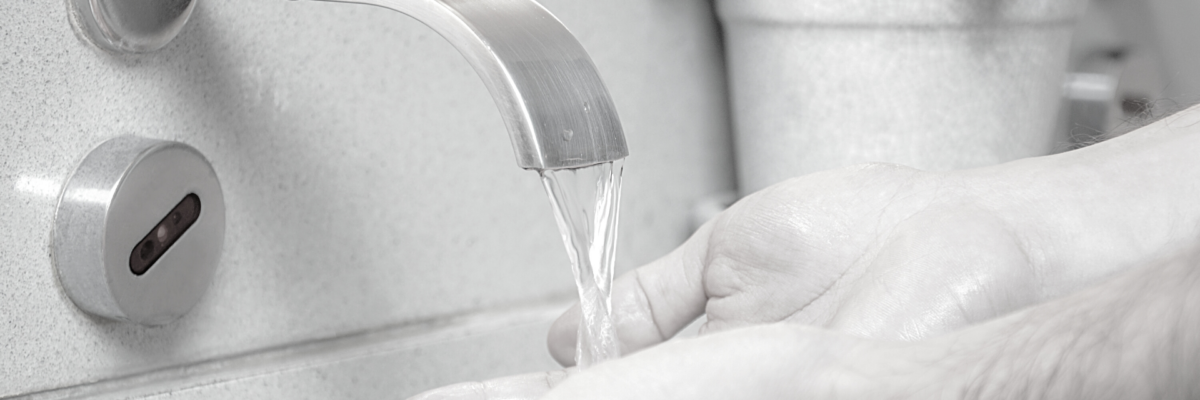The COVID-19 pandemic brought germ awareness to hotel users worldwide. “Most US leisure travelers want additional health and safety measures,” according to research from McKinsey Consumer Leisure Travel. Today, touchless design in hotels now helps guests feel safer and more comfortable during their stay.
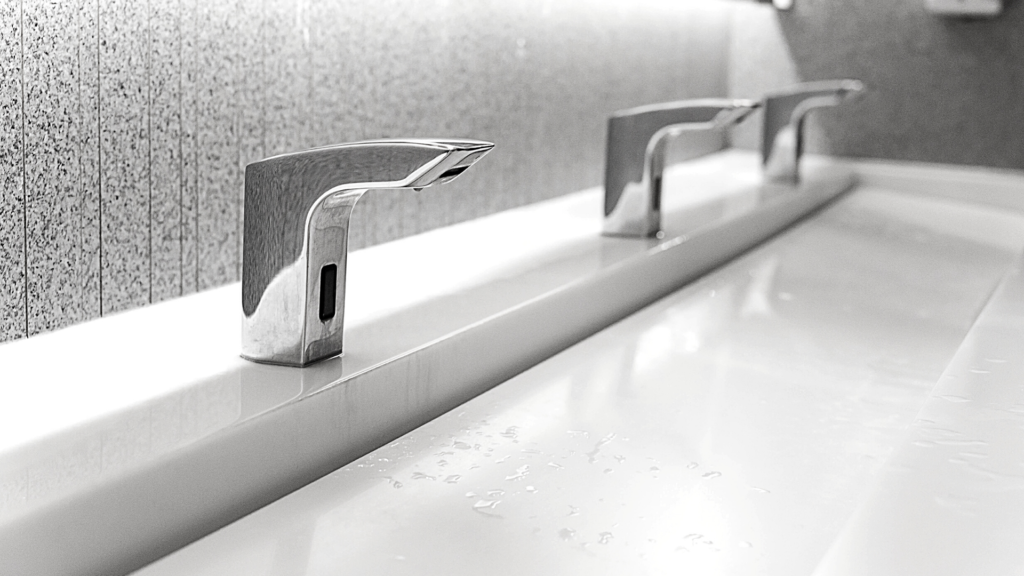
It only makes sense, of course, to upgrade sanitation and hygiene equipment to keep visitors safe. Obviously, no business owner wants their customers to get sick. Even more, a hotel that becomes known as “ground zero” for a viral breakout can suffer devastating occupancy reductions.
Since childhood people learn to associate bathrooms with germs. In addition, as small rooms where people come into close proximity of each other, they constitute contagion hotspots.
People also tend to touch the same surfaces in bathrooms:
- faucet handles
- doors and door knobs
- stall doors
- soap dispensers
- paper towel dispensers
- toilet paper dispensers
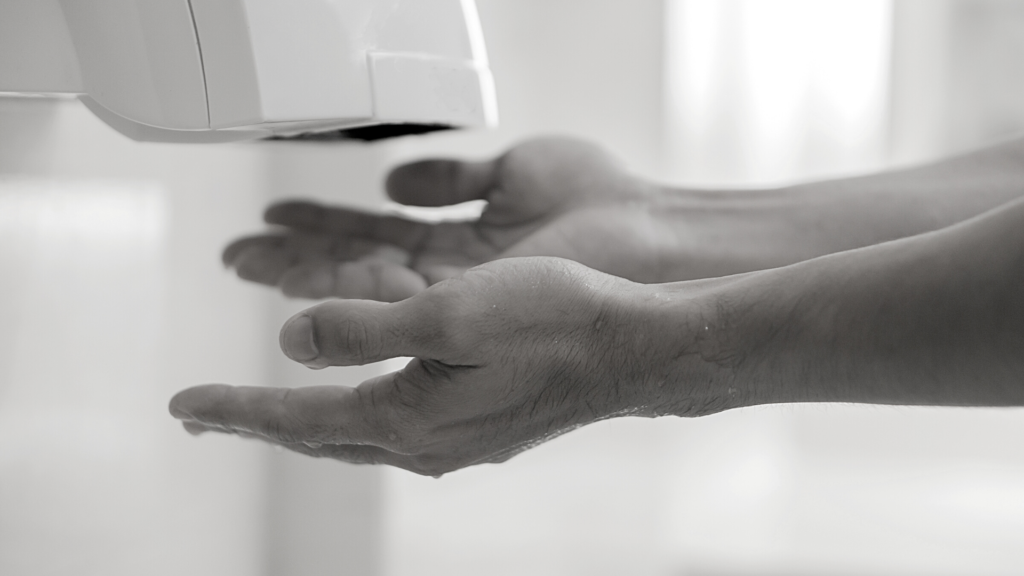
Considering the high traffic and repeated contact in bathrooms, they need extra hygiene attention.
Making Hotels More Sanitary: A Better User Experience
Public restrooms play an important role in the visitors’ experience at a hotel or restaurant. And, the overall condition and sanitation technology has become even more important since the COVID crisis.
That is why hoteliers pay special attention to the design of these areas. Important construction details include plumbing technology, product aesthetics, and hygienic design. Selection of proper hardware can help improve hygiene and cut operating costs by conserving water and energy.
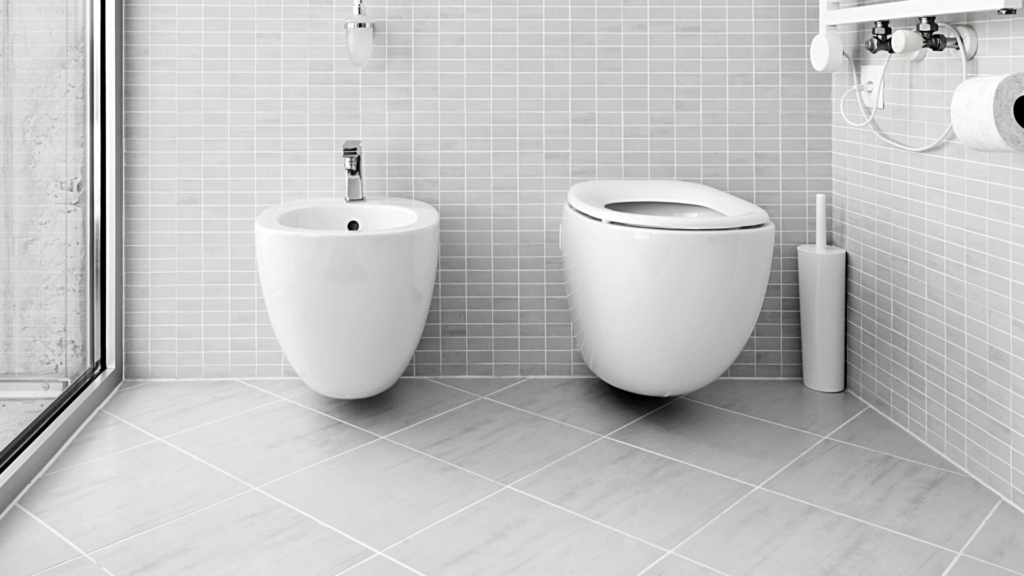
Touchless Appliances Protect Hotel Guests
It makes sense to invest in touchless appliances such as faucets and automatic toilet flushers. They keep hotel and restaurant visitors safe and at ease.
Touchless Faucets
Touchless faucets completely change the handwashing experience. First, because users do not touch the faucet to open the valve, they prevent actual contact. In addition, because the valves automatically shut off, they keep users from dripping excess water onto the countertop and faucet itself. Fewer moving parts also means less wear and tear on the faucet. Finally, the automatic shut-off also saves water.
Hotel and restaurant users appreciate that their host protects them, and they may even see the value in conserving water. Because bathroom visitors touch manual faucets more than anything else in the bathroom, bathroom users feel safer with the sensor helping them out.
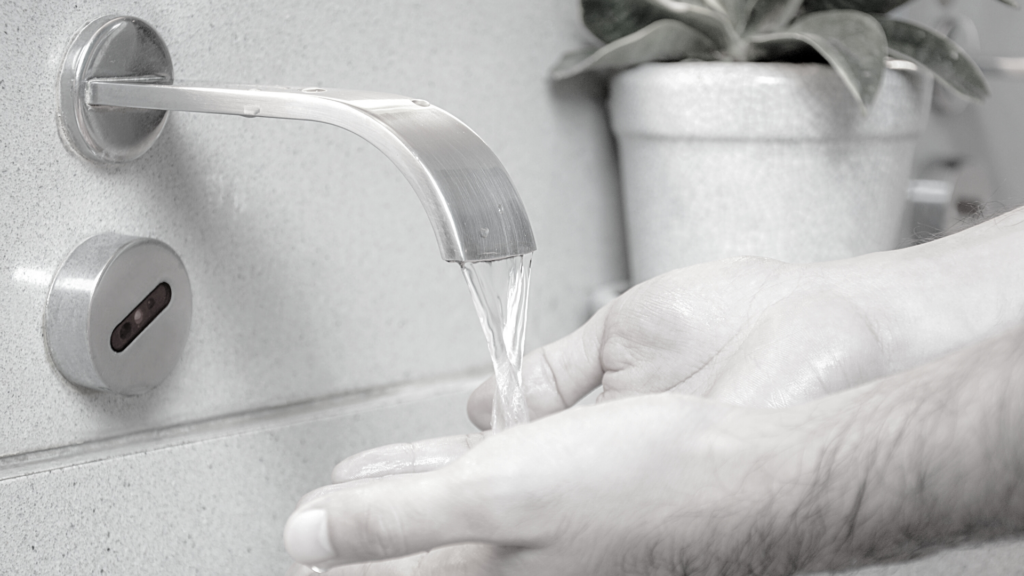
Touchless Automatic Toilet Flushers
Toilets have a bad rap all on their own. And, automatic toilet flushers help hotel guests skip right over one of the most disagreeable experiences in the washroom. Like automatic faucets, they can save water, avoid additional cleanup (from forgotten flushes), and minimize wear and tear on equipment. Likewise, they also help guests and employees avoid contagions by preventing contact with a flush handle.
Guests and employees who do not have to touch toilets and urinals feel safer. Feeling safer improves their overall facility experience.
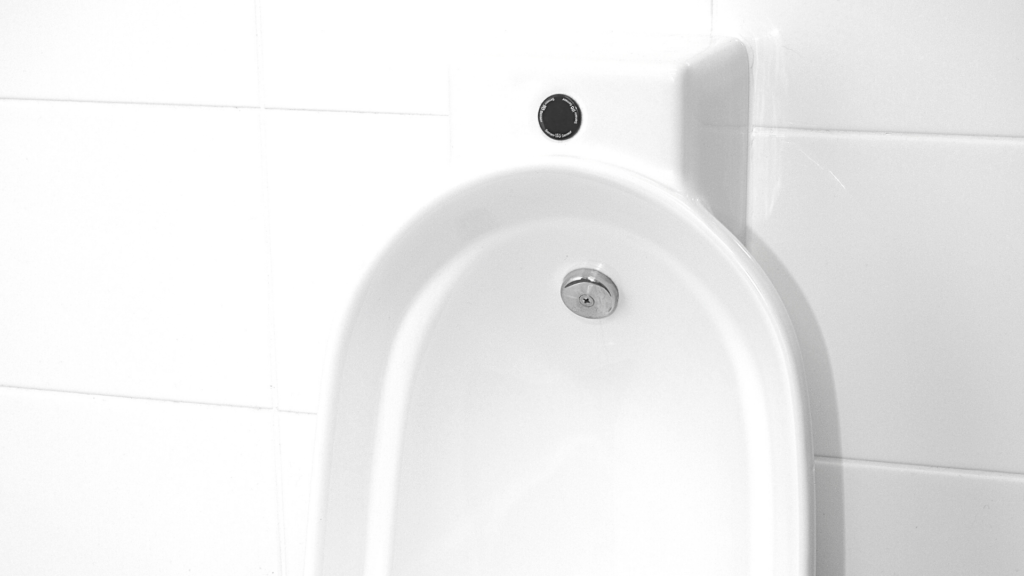
More No-Touch Bathroom Accessories
Of course, bathroom spaces offer other opportunities for touchless design in hotels. For example, touchless soap and paper towel dispensers make logical choices. Automated hand dryers take the drying experience another step further from touching potentially infested surfaces.
Like paper towel dispensers, automatic toilet paper can also provide another nearly hands-off experience. In addition, they help avoid paper wastage and messes.
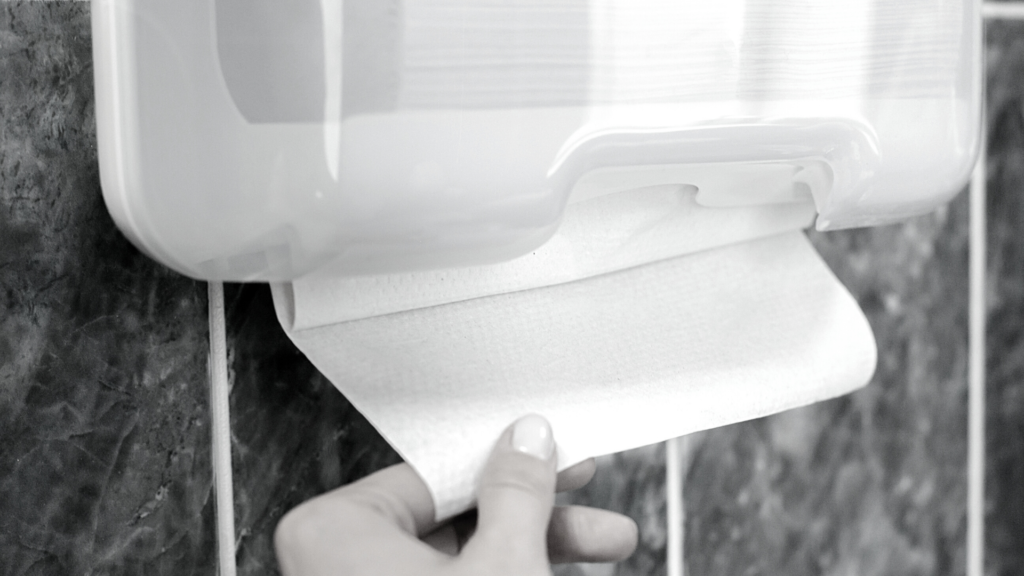
Automatic door openers or even foot pulls for doors can add to the hands-free experience in the bathroom … or anywhere, for that matter. Anything that helps them keep their hands to themselves reduces risks of spreading germs, and it makes them feel safer.
Other Touchless Design in Hotels
Outside the bathroom, of course, hotels can provide many touchless options. For example, digital technology makes contactless check-in and check-out a snap.
Contactless payment systems allow guests to pay with credit cards, debit cards, key fobs, smart cards, smartphones, and other mobile devices. They rely on radio-frequency identification (RFID) or near field communication (NFC) to make secure payments. Registration apps can also scan the MRZ (Machine Readable Zone) code from a passport or ID scan identification cards, such as drivers licenses.

When hotels set up mobile check-in for their guests, they can avoid spreading viruses by eliminating keys and key cards. People making reservations can simply add an app to their smartphones, and they can check in, check out, and utilize other hotel services via the app.
By incorporating this technology into daily hotel operations hoteliers can save time and money related to the registration cost. Meanwhile, they minimize physical contact with guests. In addition, the apps provide valuable consumer information that can help boost marketing success.
Touchless Design in Hotels to Make Them More Sanitary
Touchless design in hotels makes good business sense. Consumers have become sensitive about touching surfaces in public places, … and rightly so. COVID has changed the way travelers interact with their physical world.
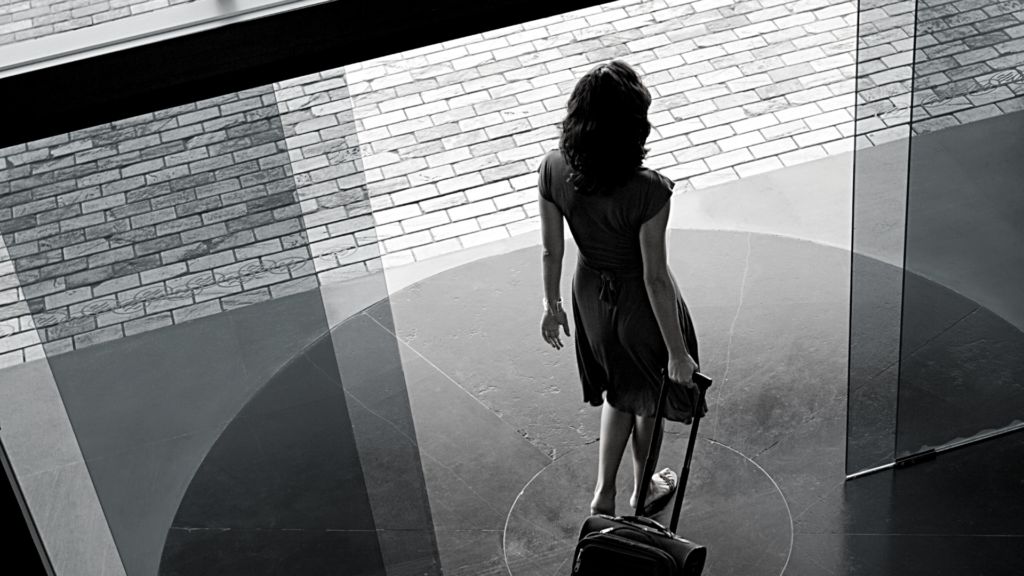
By focusing upgrades and remodeling on helping hotel guests enjoy a safer, more sanitary hotel experience, you earn customer satisfaction and loyalty. Get started with touchless sink faucets and toilet flushers, and look for new opportunities not only in the bathroom, but throughout the hotel.

 Product has been added by to your cart.
Product has been added by to your cart.